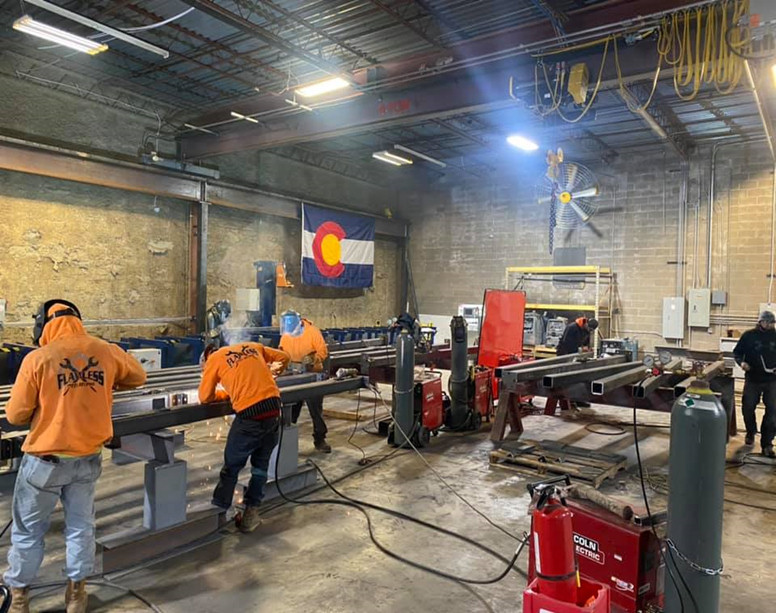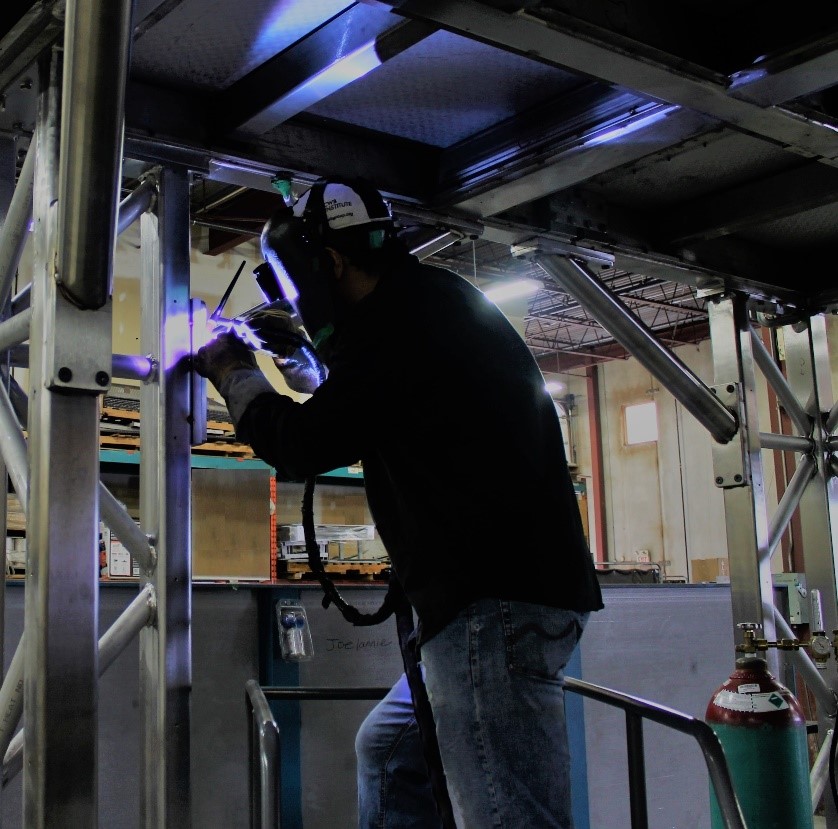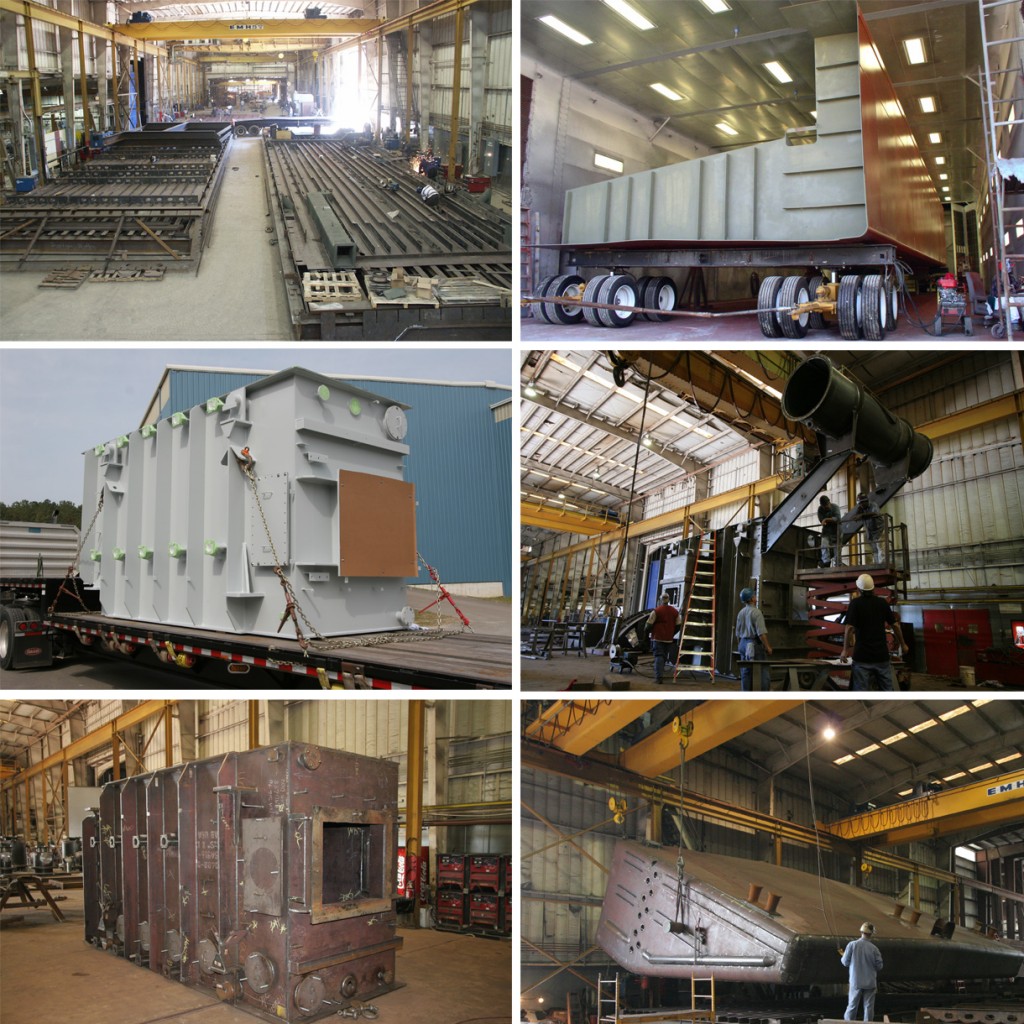Finest Steel Fabricators Melbourne: Transforming Ideas into Reality
Cutting-edge Fads in Steel Construction: Enhancing Sturdiness and Accuracy
In the world of steel fabrication, the pursuit of sturdiness and accuracy has led to a wave of ingenious trends that are reshaping the market. These patterns are not simply shaping the present but likewise laying the groundwork for the future of steel construction, assuring more improvements in resilience and precision.
Advanced Welding Technologies
In the world of steel fabrication, the fostering of sophisticated welding innovations has actually substantially transformed the sector's strategy to achieving remarkable quality and accuracy in architectural welds. Advanced welding technologies, such as laser beam welding and rubbing stir welding, have emerged as game-changers in the area. By leveraging these sophisticated welding methods, steel fabricators can elevate the sturdiness, strength, and precision of their structural welds, meeting the progressively requiring needs of contemporary building projects.
Robot Automation in Fabrication
Embracing robotic automation has actually become a keystone of contemporary steel fabrication techniques, simplifying processes and boosting effectiveness across the market. Robots are revolutionizing the way steel elements are made, offering exceptional accuracy and speed while decreasing human error. These automated systems can manage repeated tasks with regular accuracy, causing better output.
One key advantage of robotic automation in steel construction is the capability to function around the clock without exhaustion, considerably increasing production result. This constant operation lessens downtime and speeds up project timelines, ultimately conserving costs for suppliers. In addition, robots can be configured to perform complex tasks that might be hazardous or tough for human employees, boosting safety and security in the work environment.
Moreover, robot automation makes it possible for smooth assimilation with other electronic modern technologies, such as computer-aided design (CAD) software program and Internet of Points (IoT) systems (steel fixing). This interconnected technique improves interaction in between various phases of fabrication, maximizing operations and ensuring real-time surveillance and control. As the steel construction industry remains to develop, robotic automation stands out as a transformative force driving performance and accuracy in producing processes

High-Strength Alloy Growth
The innovation of high-strength alloy growth in steel manufacture is reshaping the sector's method to enhancing product durability and performance. High-strength alloys are crafted to display superior mechanical buildings, such as boosted tensile strength, toughness, and corrosion resistance compared to typical steel grades. By integrating these advanced alloys into construction procedures, producers can generate elements that withstand greater stress degrees and extreme settings, leading to more trustworthy and resilient final result.
One secret advantage of high-strength alloy growth is the capability to reduce product density without compromising structural honesty. This not only causes lighter-weight components but additionally contributes to cost savings and enhanced efficiency in manufacture and assembly procedures. The improved strength-to-weight proportion of these alloys allows for the layout and construction of frameworks with higher load-bearing capabilities while look at these guys minimizing general weight.
3D Modeling and Simulation Software Program
Improvements in steel manufacture processes have actually been significantly driven by the integration of innovative 3D modeling and simulation software program tools. These tools permit fabricators to produce thorough virtual designs of their tasks, allowing them to imagine the end product with accuracy before any type of physical job starts. By mimicing different stress and anxiety factors, environmental conditions, and architectural lots, fabricators can enhance designs for boosted durability and performance. In addition, 3D modeling and simulation software application simplify the manufacturing procedure by identifying prospective concerns at an early stage, lowering the requirement for expensive rework and lessening material waste.

Lasting Practices in Steel Production
Including lasting practices right into steel production procedures is necessary for minimizing environmental effect and ensuring long-lasting source accessibility. One vital sustainable method is the fostering of energy-efficient innovations to lower greenhouse gas emissions throughout the steel production process. This includes making use of renewable resource resources, such as solar or wind power, to power steel plants and implementing energy-efficient devices to maximize power usage.
One more critical aspect of sustainable he has a good point steel manufacturing is the liable sourcing of raw materials. This entails ensuring that the iron ore and other resources made use of in steelmaking are gotten from ethical and eco-friendly sources. By promoting transparency in the supply chain and adhering to stringent ecological criteria, steel suppliers can minimize the negative impacts of resource extraction on regional environments and areas.

Conclusion
Finally, the cutting-edge patterns in steel fabrication such as innovative welding innovations, robotic automation, high-strength alloy growth, 3D modeling and simulation software program, and sustainable techniques are boosting the durability and accuracy of steel products. These innovations are changing the steel fabrication sector by boosting efficiency, top quality, and sustainability. It is clear that the future of steel fabrication exists in embracing these sophisticated innovations to fulfill the demands of modern-day construction and production industries.
In the realm of steel manufacture, the quest of durability and precision has actually led to a wave of innovative patterns that are improving the industry.In the world of steel manufacture, the adoption of innovative welding technologies has dramatically revolutionized the market's strategy to achieving remarkable top quality and precision in structural welds. As the steel construction sector proceeds to develop, robotic automation stands out as a transformative pressure driving performance and precision in manufacturing processes.
Moreover, reusing and recycling steel scrap and waste materials play a considerable function in boosting the sustainability of steel manufacturing. Alpha reo.In conclusion, the ingenious patterns in steel manufacture such as innovative welding modern technologies, robot automation, high-strength alloy development, 3D modeling and simulation software, and sustainable practices are enhancing the sturdiness and precision of steel products